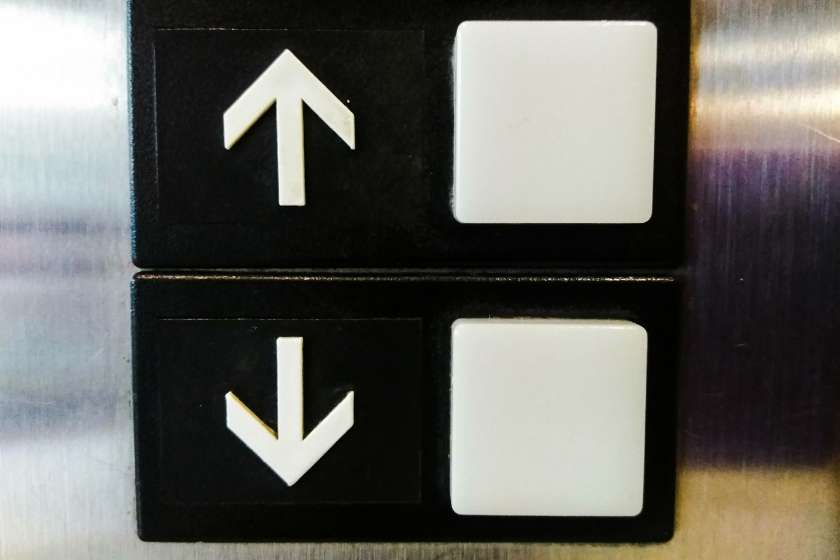Mastering Prepositions: Unraveling the Mystery Behind “In” and “On”

Prepositions are small but mighty words that significantly impact the meaning and clarity of a sentence. Among the most commonly used and often confused prepositions are “in” and “on.” Understanding their differences can help improve your communication skills and ensure your sentences convey exactly what you mean. But what is the difference between “in” and “on”? Let’s dive deeper into these prepositions, exploring their nuances and applications to make them easier to grasp.
What Are Prepositions, and Why Are They Important?
Prepositions are words that show relationships between nouns or pronouns and other words in a sentence. They indicate directions, locations, time, or introduce objects. For example, in “The book is on the table,” the preposition “on” connects “book” and “table,” indicating their spatial relationship.
Understanding prepositions like “in” and “on” is crucial because they are used in everyday conversations, formal writing, and professional communication. Misusing these prepositions can lead to misunderstandings, making it essential to know how and when to use them correctly.
What Does “In” Mean and How Is It Used?
The preposition “in” primarily refers to an enclosed space or a specific area. It implies being inside or within something. Here are common ways “in” is used:
- Location:
- “She is in the room.”
- “The keys are in the drawer.”
- Time:
- “The meeting is in the afternoon.”
- “I was born in October.”
- Abstract Contexts:
- “He is in trouble.”
- “The company is in decline.”
In all these cases, “in” suggests a boundary or containment—whether it’s physical, temporal, or abstract.
What Does “On” Mean and How Is It Used?
The preposition “on” generally indicates a position above a surface or in contact with it. Unlike “in,” which denotes being enclosed, “on” suggests resting upon something. Here are examples:
- Location:
- “The phone is on the table.”
- “She placed her hat on her head.”
- Time:
- “The concert is on Friday.”
- “I met her on my birthday.”
- State or Condition:
- “The show is on air.”
- “He is on duty.”
“On” conveys contact or a surface-level connection, whether literal or figurative.
Key Differences Between “In” and “On”
Now that we’ve defined “in” and “on,” let’s explore their primary differences:
- Enclosure vs. Surface:
- “In” implies being inside a boundary: “The milk is in the fridge.”
- “On” suggests contact with a surface: “The milk is on the counter.”
- Abstract Usage:
- “In” is used for abstract ideas within boundaries: “She is in love.”
- “On” denotes focus or dependency: “He is on medication.”
- Time Expressions:
- Use “in” for larger periods: “In the 1990s, technology advanced rapidly.”
- Use “on” for specific days or dates: “The event is on Monday.”
Common Mistakes When Using “In” and “On”
Even fluent speakers occasionally mix up “in” and “on.” Here are examples of common errors and their corrections:
- Incorrect: “She is on the car.” Correct: “She is in the car.” (“In” is used for enclosed spaces.)
- Incorrect: “The picture is in the wall.” Correct: “The picture is on the wall.” (“On” is used for surfaces.)
- Incorrect: “I was born on 1990.” Correct: “I was born in 1990.” (“In” is used for years and long periods.)
How to Master “In” and “On”
To become proficient in using “in” and “on,” try these tips:
- Visualize the Context: Think about whether the object is enclosed (use “in”) or resting on a surface (use “on”).
- Practice with Examples: Write sentences using both prepositions to solidify your understanding.
- Engage in Active Learning: Pay attention to preposition usage in books, movies, and conversations.
Why Understanding the Difference Matters
Knowing the difference between “in” and “on” improves not only your grammar but also your overall communication. Precise use of these prepositions ensures your message is clear and prevents misunderstandings. For instance, saying “The meeting is on the room” instead of “in the room” could confuse the listener about the location.
Recommendations for Further Learning
To deepen your understanding of prepositions, explore resources like:
- Grammarly: A tool for checking grammar and usage.
- Cambridge Dictionary: Offers detailed explanations and examples of prepositions.
- BBC Learning English: Provides engaging lessons on grammar and vocabulary.
Conclusion
Understanding what is the difference between “in” and “on” is a fundamental step toward mastering English prepositions. While “in” refers to being within boundaries, “on” indicates contact with a surface. By practicing these distinctions, you can enhance your communication skills and avoid common errors. Remember, practice and attention to context are key to mastering these essential prepositions.
Find this and many more knowledge guides on Monkicon